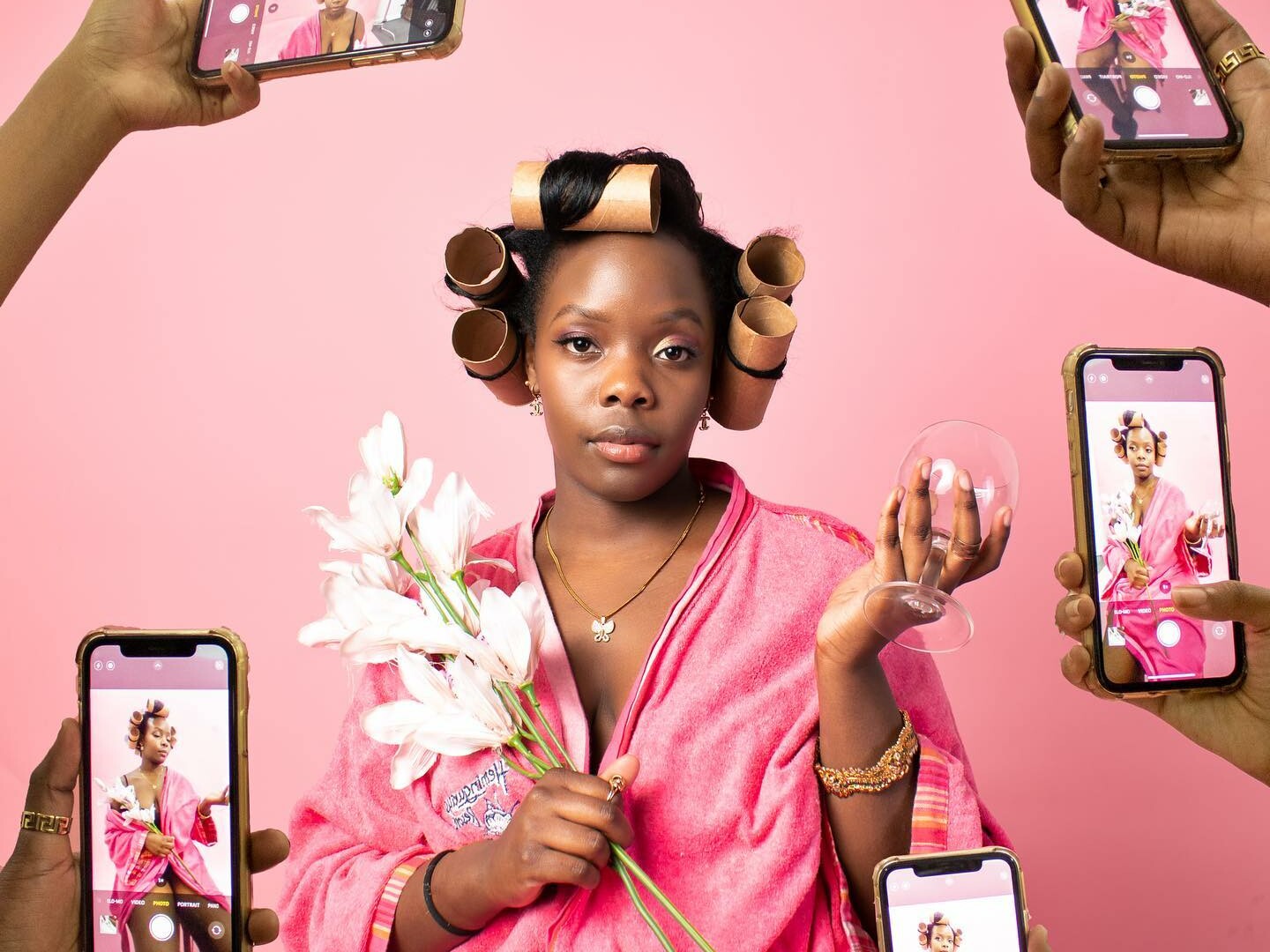The unique intersection of talents feeding into the Kenyan music scene provides Kenyans with a lot of inspiration and influence to draw from. As a result, there is a lot of music to enjoy in Kenya today. Music lovers in Kenya can bob their heads to Kapuka, Genge, vernacular music in over 40 national dialects and languages, choir music and even live band performances.
The new sound in the ears of Kenyans has risen from the suburbs of Nairobi. The sound is called Gengetone and it is the chosen language of urban youth in Kenya.
Gengetone Music Videos
Gengetone music videos are predominantly recorded within the residential areas where the artists live. Presumably because these places are easily accessible with minimal logistical requirements to meet.
Initially, Gengetone videos were recorded with handheld devices. As creators get more value from their music, the quality of their content keeps improving. More income means they can afford to pay videographers, designers and other creative practitioners involved in the music production cycle.
People receive new music differently. As a result, one of the features of Gengetone music that has alienated a large group of people is the explicitness of the lyrics delivered in most of the songs.
Ethic
Ethic’s ‘Lamba Lolo‘, which is hailed as the song that threw Gengetone into the limelight, is a song about fellatio and cunnilingus. Lamba Lolo has over 4.5 million views on YouTube. Ethic was initially made up of 4 members (Rekles, Seska, Zilla and Swat) but rifts between members led to Rekles leaving the group to start performing solo.
Sailors Gang
Sailors Gang, which is a group of 5 (Miracle Baby, Qoqos Juma, Lexi Yung, Masilver and Shalkido) have also released a Gengetone song called ‘Wamlambez‘ which roughly translated means ‘suckers’, a euphemism for fellatio.
Zzero Sufuri
Not all Gengetone music is about sex. Some artists like Zzero Sufuri, whose song ‘Zimenishika’ has over 2.5 million views on YouTube, makes poems about Marijuana. His lyrical delivery is one which many artists would be envious of. Zzero Sufuri has released music with Kenyan greats such as Octopizzo and Blinky Bill in ‘Kibanda’.
Going Mainstream
While the genre may not sit well with some, those who enjoy the music do it with a passion. Initially the music of lower to middle income youth only, Gengetone has now crossed the geographical and social barriers. It has permeated into mainstream radio and television music charts in Kenya. Mbogi Genje’s track ‘Wamocho‘ has amassed over 1.2 million views in just under 2 months. The Umoja based group is fast becoming a household name along with Sailor’s Gang, Ethic, Boondock’s Gang and other Gengetone artists.
The Future of Gengetone
The future looks bright. Gengetone music videos can easily garner millions of views on YouTube in a couple of weeks. So, it is no longer a surprise that Gengetone music is taking top positions in weekly music charts. As more artists connect and collaborate, we expect that the quality of the Gengetone sound will improve. Meanwhile, the government and private sector should do everything in their power to nurture the sound and evolve it to a point where international crossovers become fluid and widely accepted.
In conclusion, along with stellar production behind them, Gengetone artists will be able to bring a new wave of rhythmic, edgy, energy to any stage they climb on and win back the airwaves for Kenyan music.
Wakilisha Staff
Our mission is simple: to uplift and safeguard African culture, with all its diversity, for generations to come. We celebrate our heritage and ensure its enduring legacy through in-depth coverage of the happenings across the continent, engaging initiatives, and collaboration with other African cultural practitioners.




